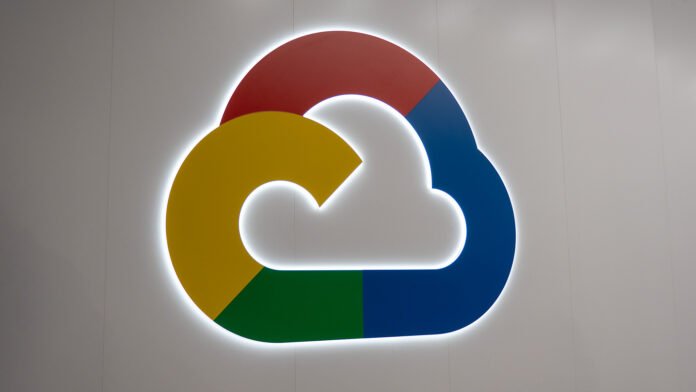OpenAI taps Google Cloud as it scrambles to meet soaring demand for ChatGPT and other AI tools. This move marks a major shift in strategy for the company, which has relied heavily on Microsoft Azure.
For years, OpenAI’s infrastructure depended almost entirely on Azure. However, AI tools are growing faster than ever, and that reliance is starting to strain capacity. OpenAI taps Google Cloud now to expand its backend support and avoid service slowdowns.
The company isn’t ditching Microsoft. Instead, it’s diversifying where it gets computing power. That way, OpenAI can reduce risk and keep scaling its services globally. The deal with Google Cloud helps with just that.
OpenAI plans to run ChatGPT’s Enterprise, Edu, and Team tiers on Google Cloud. API operations will also move partly to Google’s servers. This step helps OpenAI avoid bottlenecks and provides more stable performance.
Sam Altman, OpenAI’s CEO, recently cited GPU shortages as a key reason behind this pivot. Chips remain in short supply. Because of this, relying on just one cloud provider is no longer enough.
The agreement has been in the works for months. Rumors about OpenAI’s Google partnership started back in June. At that time, details were still vague. Now, the updated sub-processor list confirms that OpenAI taps Google Cloud to support its expanding user base.
This is a big win for Google, which has trailed behind AWS and Azure in the cloud race. It will now power OpenAI services in the U.S., U.K., Japan, the Netherlands, and Norway.
While users may not notice the change, it’s a bold industry move. OpenAI and Google are fierce AI competitors. Yet they’re now sharing server space. Both tech giants continue investing billions into AI. They compete across search, chat, and productivity. But now, they’re also collaborating in the backend.
In short, OpenAI taps Google Cloud to spread its wings further. This partnership helps ensure faster, more reliable AI performance—and it signals a new era of cloud strategy.
For more tech updates, visit DC Brief.


